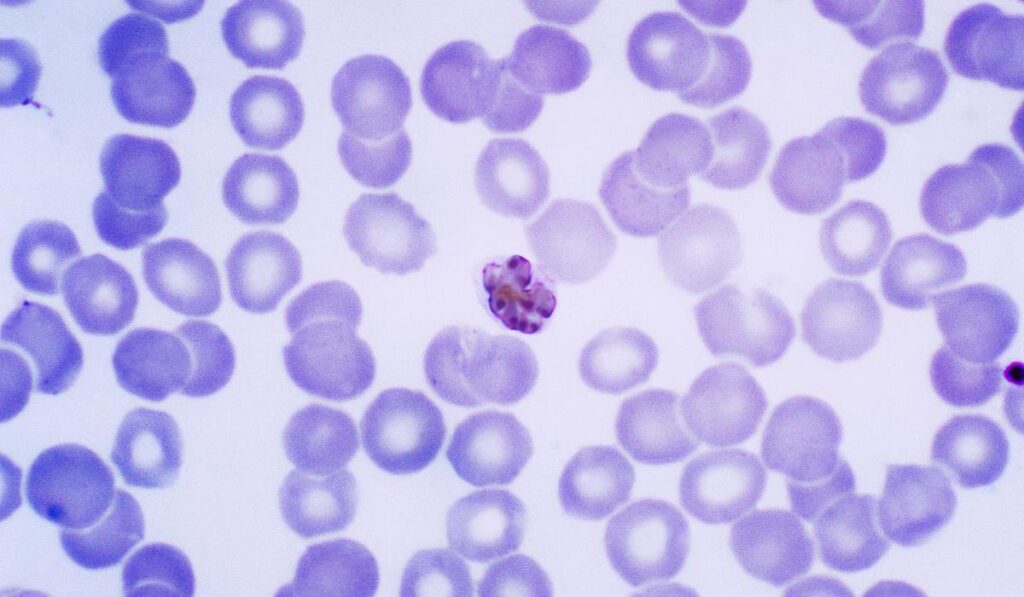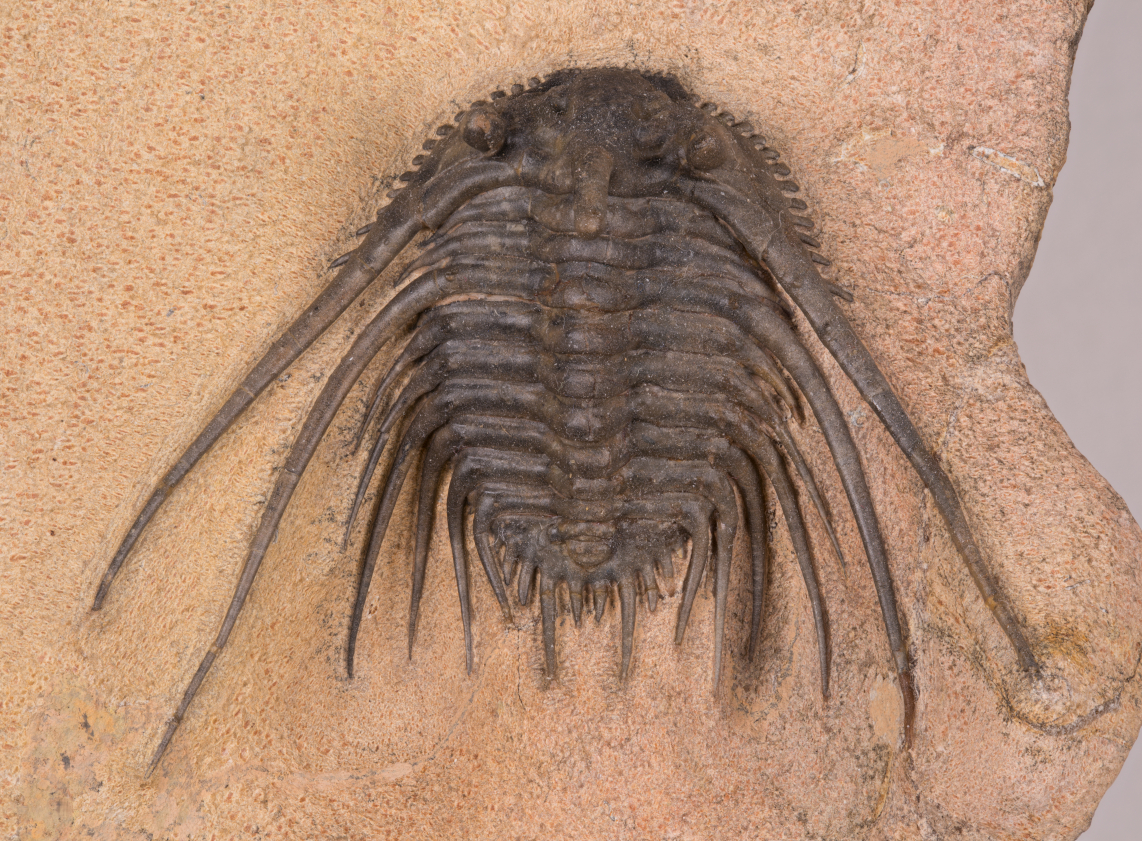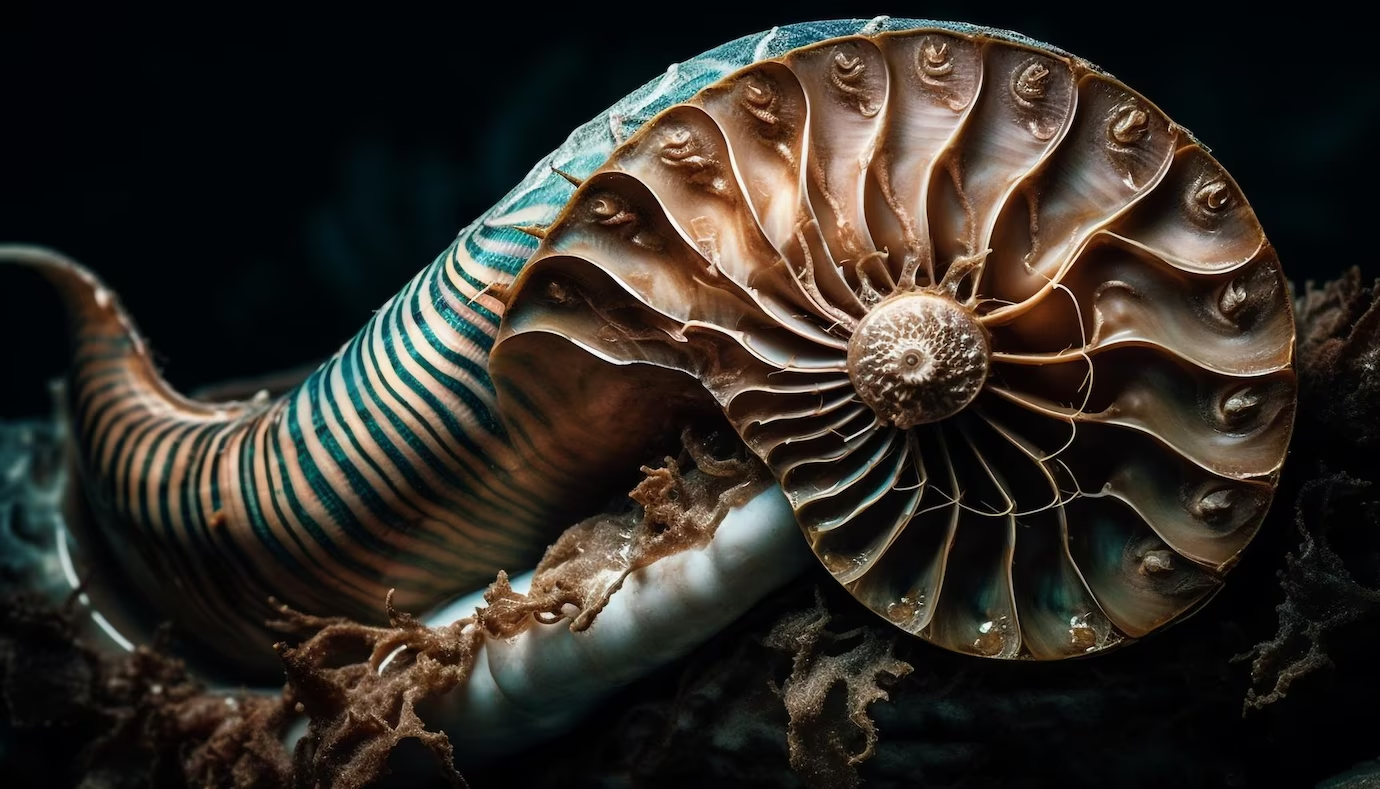Unveiling the Malaria Parasites: Plasmodium Species Explained
Share IT

Launch Your Dream Website with Us!
Click Here to Get in touch with Us.
Categories
Plasmodium Species in Malaria
The Plasmodium Parasites: Revealing the Malaria Culprits
A genus of single-celled parasitic organisms called Plasmodium is the source of malaria, a parasitic disease spread by mosquitoes. Although more than 200 species of Plasmodium parasitize different vertebrates, humans contract malaria primarily from five species: Plasmodium falciparum, Plasmodium vivax, Plasmodium ovale, Plasmodium malariae, and Plasmodium knowlesi (though P. knowlesi primarily infects monkeys and can occasionally be transmitted to humans). The distinct features of every species impact the intensity and progression of malaria infection. Let’s investigate these Plasmodium instigators in more detail.
Thank you for reading this post, don't forget to subscribe!Table of Contents

Plasmodium falciparum: The Most Feared Foe
- Prevalence: Approximately 90% of severe malaria cases and deaths worldwide are caused by this most common and deadly species.
- Life Cycle: P. falciparum has a complicated life cycle that involves both humans and Anopheles mosquitoes, much like other Plasmodium species.
- Distinctive Features: P. falciparum is very effective at replicating and destroying a large number of cells because it has a special predilection for infecting red blood cells of all ages. Furthermore, contaminated red blood cells have the ability to adhere to blood vessel walls, which might result in potentially fatal side effects such organ failure and cerebral malaria.
Plasmodium vivax: The Relapsing Shadow
Plasmodium Species in Malaria
- Prevalence: The second most prevalent malaria parasite, Plasmodium vivax, sometimes known as The Relapsing Shadow, is mostly found in Southeast Asia, Latin America, and some regions of the Middle East.
- Life Cycle: P. vivax has a complicated life cycle that includes both mosquito and human phases, much like P. falciparum.
- Distinctive Features: In contrast to P. falciparum, P. vivax possesses a latent liver stage known as a hypnozoite, which can lie dormant for months or even years before reactivating and resulting in relapses of malaria symptoms. This presents a major obstacle to total elimination.
Plasmodium ovale: The Mimic in the Mix:
Plasmodium Species in Malaria
- Prevalence: Although less frequent than P. falciparum and P. vivax, P. ovale is mostly found in West and Central Africa and can cause serious sickness.
- Life Cycle: The life cycle of P. ovale is comparable to that of other Plasmodium species.
- Distinctive Features: When examined under a microscope, P. ovale might mimic P. vivax, which can complicate diagnosis. Like P. vivax, it can also result in delayed relapses, though usually for shorter durations.
Malarial Plasmodium: The Persistent Offender
Plasmodium Species in Malaria
- Prevalence: Of the main human malaria parasites, P. malariae is the least frequent and is typically linked to milder cases of malaria.
- Life Cycle: P. malariae has a complicated life cycle that includes stages involving humans and mosquitoes, much like other Plasmodium species.
- Special Features: P. malariae usually affects adult red blood cells and causes low-grade, chronic infections that can last for years. These persistent infections can cause consequences like anemia, even though they are usually less serious.
The Imminent Danger: Plasmodium knowlesi
Plasmodium Species in Malaria
- Prevalence: P. knowlesi is a zoonotic parasite that mostly infects macaques but can potentially spread to people by infected Anopheles mosquitoes. It is mainly prevalent in Southeast Asia.
- Life Cycle: P. knowlesi has a complicated life cycle in both humans and mosquitoes, much like other Plasmodium species.
- Distinctive Features: P. knowlesi is recognized for its ability to multiply quickly inside red blood cells, which can result in serious side effects akin to P. falciparum infections.
In summary: Understanding the Opponent
Plasmodium Species in Malaria
Comprehending the distinct Plasmodium species is vital for efficacious diagnosis, therapy, and management tactics of malaria. Every parasite has distinct traits that affect the severity of the sickness, the likelihood of a relapse, and the methods of therapy. We can battle malaria and work toward a future devoid of this parasite scourge with further study and the development of innovative instruments.

Launch Your Dream Website with Us!
Click Here to Get in touch with Us.





























































Recent Comments